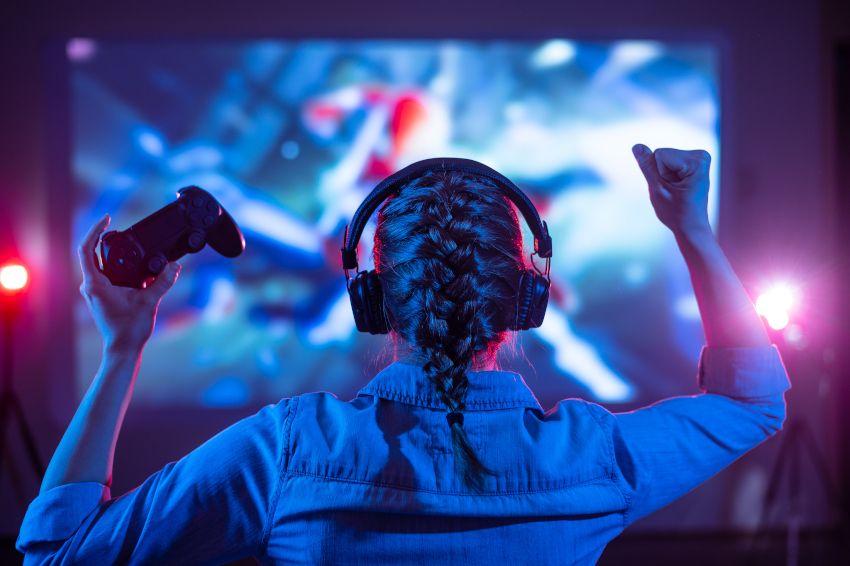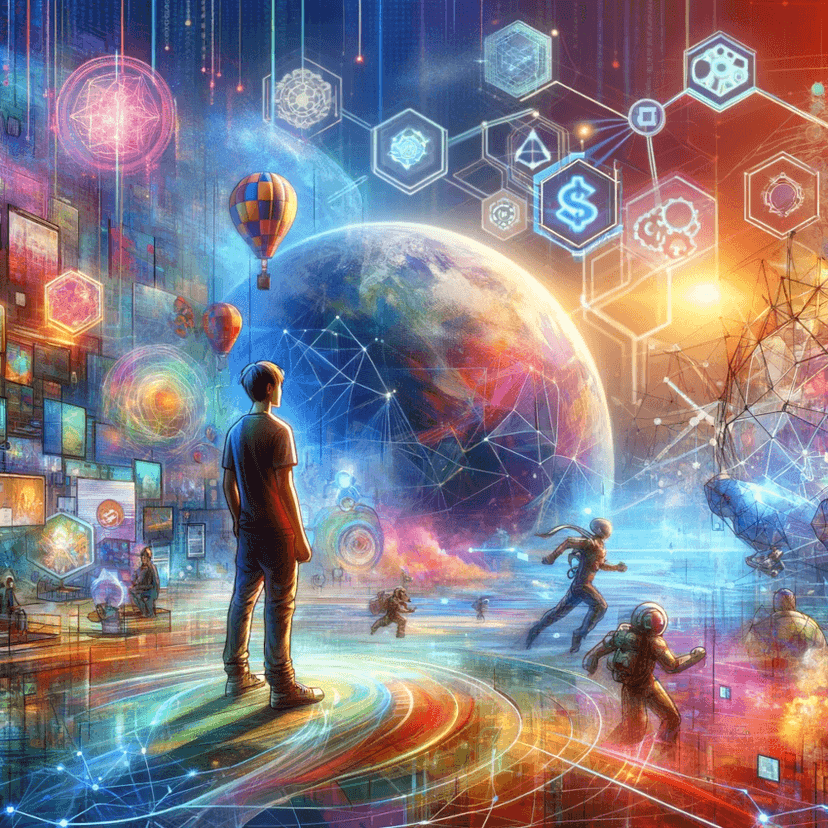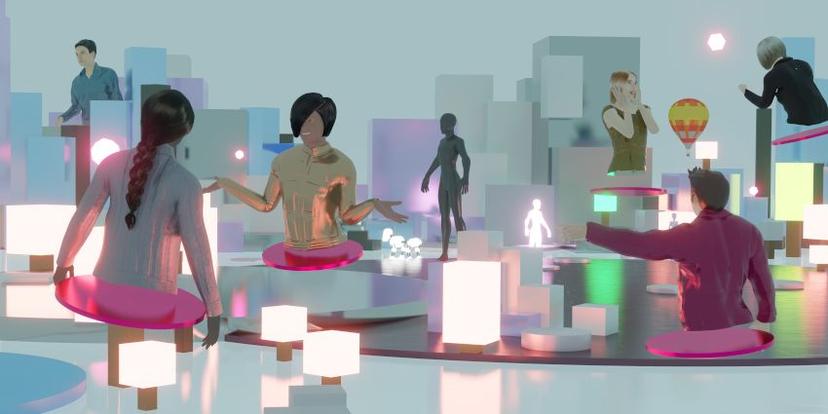Published June 5, 2023

Non-Fungible Tokens (NFTs) have transformed the digital asset landscape, revolutionizing art, collectibles, and more. However, the potential of NFTs extends beyond static representations.
By integrating NFTs into games and leveraging augmented reality (AR), developers can create immersive and interactive experiences that captivate users.
In this blog post, we will explore how API developers can contribute to the creation of such experiences, enabling gamification and augmented reality functionalities that enhance the value of NFTs.
API Functionalities for Interactive NFT Experiences
APIs are essential for seamless integration of Non-Fungible Tokens (NFTs) in interactive experiences like games and augmented reality applications. With the use of this technology, developers can unlock the full potential of NFTs with APIs, providing key functionalities that bridge the gap between NFT platforms, games, and augmented reality.
Using APIs, developers can easily retrieve NFT metadata, showcasing the unique qualities of each NFT through images, descriptions, and attributes.
Smart contract APIs streamline the management of NFTs by enabling developers to read and write data relating to ownership and transfers. With real-time event listening capabilities, NFT-related events can trigger interactive actions such as in-game rewards and trading systems.
APIs also ensure that transactions are secure and authenticated for seamless buying, selling, and trading of NFTs within applications.
Overall, APIs for interactive NFT experiences empower developers to create dynamic, immersive, and personalized experiences that leverage the unique qualities of NFTs, enhancing user engagement and opening up new possibilities in the digital asset landscape.
Let’s take a closer look at what NFT APIs can do for you.
NFT Metadata Retrieval
NFT Metadata Retrieval is a crucial functionality provided by APIs that forms the foundation for visualizing and interacting with NFTs in a variety of contexts.
APIs offer endpoints that allow developers to fetch essential metadata associated with NFTs, such as images, descriptions, and attributes. This metadata serves as the building blocks for creating immersive and engaging user interfaces within games or augmented reality applications.
Developers can leverage this metadata to showcase NFTs in a visually appealing manner, providing users with a detailed understanding of each NFT's unique qualities and characteristics.
By accessing NFT metadata through APIs, developers can create captivating user experiences by incorporating rich visuals, informative descriptions, and relevant attributes. Whether it's displaying a gallery of NFT artworks within a game or overlaying virtual objects onto the real world through augmented reality, it plays a vital role in enhancing user engagement and providing a deeper level of interaction with NFTs.
Additionally, the metadata can be used to enable functionalities like sorting, filtering, and searching for specific NFTs, allowing users to easily explore and discover NFT collections based on their preferences.
Ultimately, this empowers developers to create compelling and immersive experiences that highlight the unique qualities of each NFT, fostering a deeper appreciation for digital assets and expanding the possibilities of NFT integration in various applications.
Smart Contract Interaction
Interacting with NFT smart contracts is essential for reading and writing data related to NFT ownership, transfers, and attributes.
APIs provide methods to facilitate these interactions, allowing developers to build gamification elements such as in-game rewards, achievements, and NFT trading systems.
With smart contract interaction APIs, developers can seamlessly integrate NFT functionality into their games and applications.
Event Listening
APIs can offer real-time event listening capabilities, enabling developers to create dynamic and responsive experiences.
By subscribing to events emitted by NFT contracts, developers can trigger actions or update game states based on specific NFT-related events, such as new NFT minting, transfers, or changes in ownership.
This functionality allows for real-time updates and enhances the interactive nature of NFT experiences.
SDKs and Frameworks for Interactive NFT Experiences
To simplify development and expedite the integration of NFTs into interactive experiences, several SDKs and frameworks are available.
These tools provide pre-built components, libraries, and APIs that abstract away the complexities of working with NFTs and augmented reality. Let's explore a few popular options:
BlockSpan NFT API
The BlockSpan NFT REST based API provides access to comprehensive NFT metadata, activity, pricing, and ownership information in real-time. It currently supports ERC721 and ERC1155 token standards on Ethereum, Polygon, Arbitrum, Optimism and Goerli (Ethereum testnet) with more coming soon.
Take advantage of the fuzzy matching search capabilities on token metadata for improved ability to find and understand the competitive NFT landscape. Leverage the collection price summary to research sales activity and trends. The BlockSpan NFT API includes token metadata, exchange data (OpenSea), and cached image urls, saving making additional API and IPFS calls to fetch that data.
Unity3D
Unity3D, a powerful game development engine, supports the integration of NFTs.
With plugins and libraries like the Unity NFT SDK, developers can easily import NFT metadata, manage ownership and trading, and create engaging gameplay mechanics using NFTs.
Unity3D's wide adoption and extensive documentation make it a go-to choice for developing interactive NFT experiences.
ARKit and ARCore
For developers looking to leverage augmented reality, ARKit (for iOS) and ARCore (for Android) provide robust frameworks. These frameworks enable the overlay of digital assets, including NFTs, onto the real world.
By utilizing APIs and libraries offered by ARKit and ARCore, developers can build immersive AR experiences that showcase NFTs in unique and captivating ways. AR enhances the visual appeal and interactivity of NFTs, creating memorable user experiences.
Final Thoughts
Want to stay on top of the latest? Join the knowledgeable and growing BlockSpan community Discord and sign up for our newsletter here.



